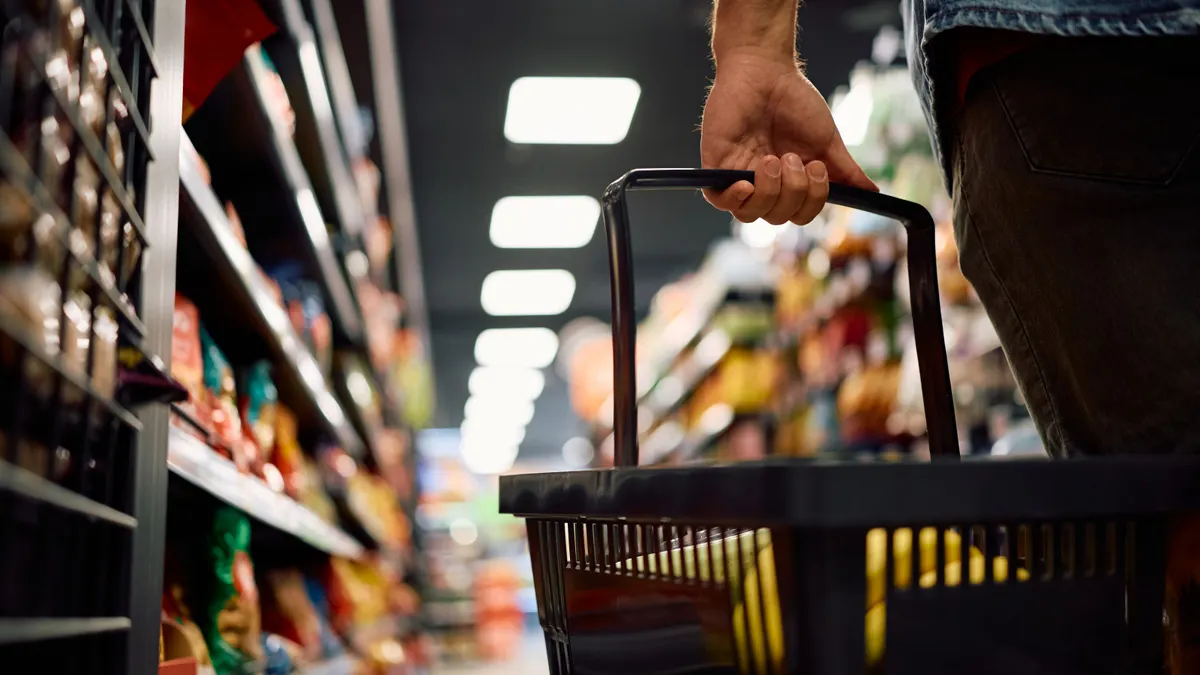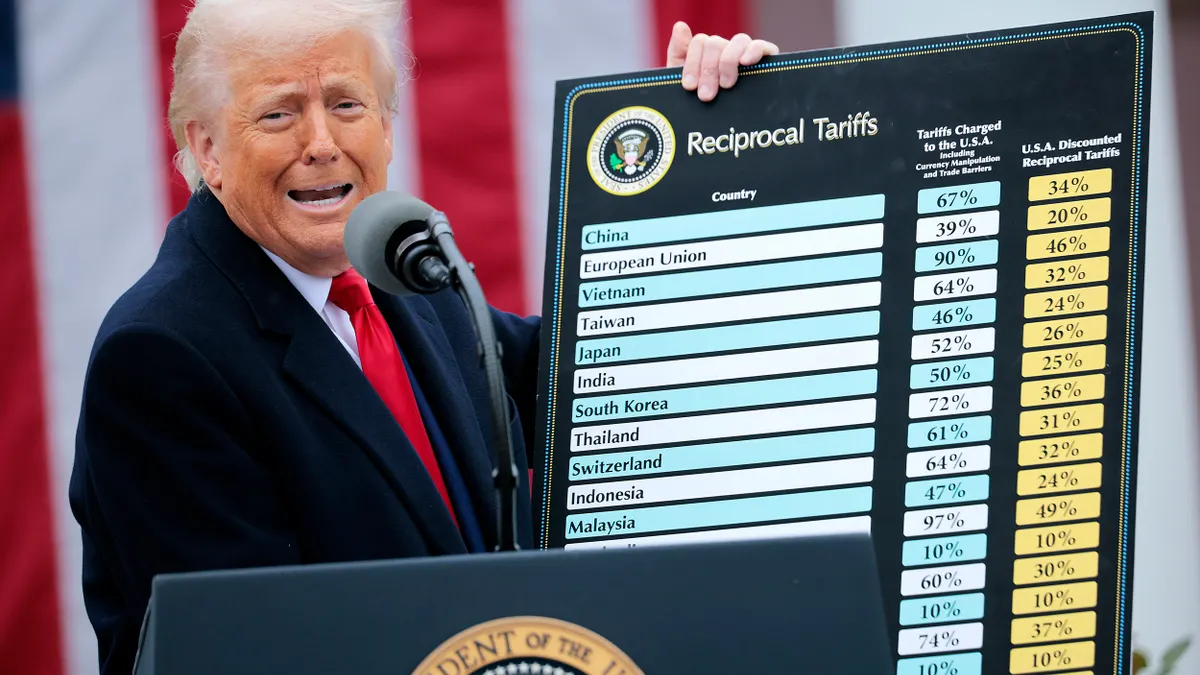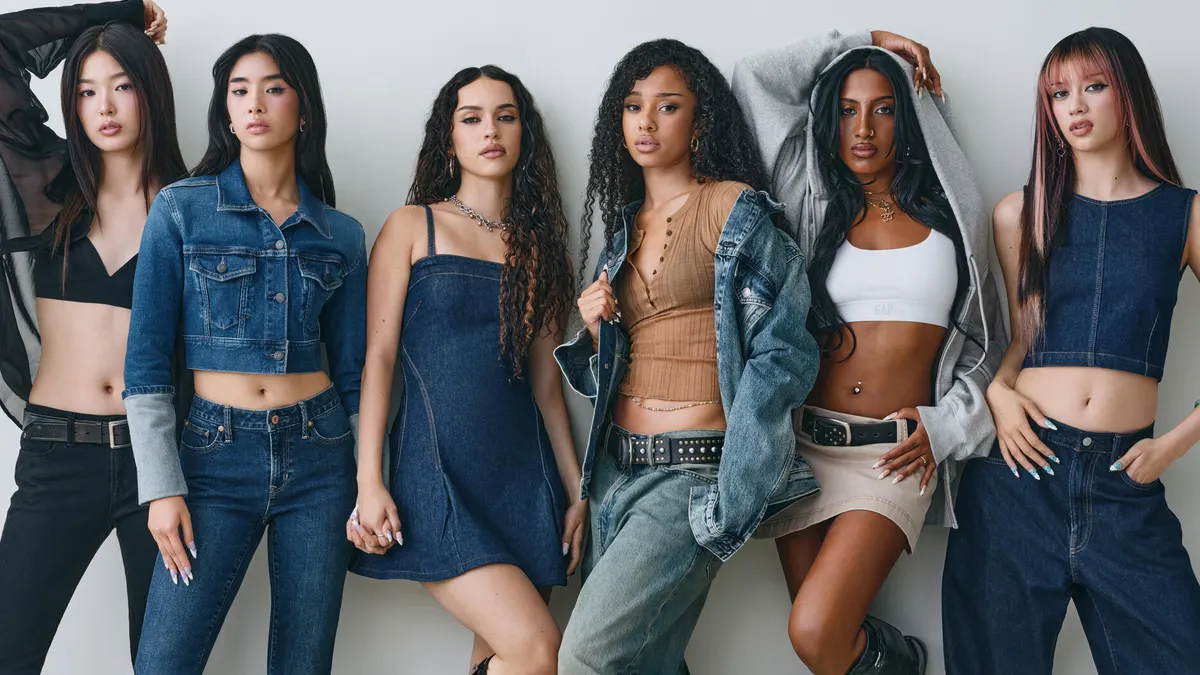Editor's Note: The following is a guest post by Chris Kelly, founder and CEO of brand research firm Survata.
It's been quite a year for wake-up calls in the programmatic world.
When P&G's Chief Brand Officer Marc Pritchard tells the industry to "grow up," or Unilever's CMO Keith Weed threatens to pull digital dollars, the adtech blogosphere explodes and finger-pointing ensues.
Or, when grumpy, yet data-driven pessimists give damning economic teardowns of the programmatic value chain, CMOs assume they’re talking about someone else’s brand.
Amidst all this noise, are we making progress? Are we moving away from "lawlessness" to a more civilized programmatic kingdom with industry-wide rules and measurement standards?
As the industry recently descended on the cabanas of Cannes, we did see some of the "State of the Industry" prognostications. But, there are serious discussions that remain on the table. The most common question we hear at Survata from CMOs is whether programmatic advertising is still the "Wild West."
The short answer is "yes," but with some asterisks that denote important progress, especially in the world of measurement.
From a measurement standpoint, how do we track progress? One framework is to consider which measurement principles are "established" (expected for every campaign), which are "developing" (becoming more common), and which are completely "missing" (yet still absolutely critical). Before I dive into an analysis of each category, I want to note that every one of them will become essential for programmatic success. Successful marketers should be thinking about ways to make them all “established.”
Which programmatic measurements are established?
Viewability vendors must be pleased to know they’re officially established. Oracle's acquisition of Moat and the continued growth of IAS and DoubleVerify validate that, in 2017, it's silly to launch a campaign without a viewability solution attached. You’re no longer being smart for using them, you’re just avoiding being stupid.
Same goes for brand lift; there are no good excuses to not measure attitudinal shifts driven by brand dollars, especially now that true in-market optimization is becoming possible from industry leaders.
What programmatic measurements are developing?
I'd argue brand-safety solutions are still in the "developing" bucket, as the technology isn't fully understood by media buyers — most can’t articulate precisely when their ads will be shown or suppressed. But, we are seeing brand-safety measurement technology sneaking more and more into the conversation. YouTube’s fiasco with major brands appearing to sponsor terrorist organizations and hate groups had brands up in arms, but it got away with a response of "We’ll throw a lot of engineers at the problem." Now, the boycotters' dollars seem to be back. Yet, as embarrassing screenshots continuously pop up juxtaposing our favorite brands next to loathed content, this issue isn't going anywhere.
Elsewhere in the developing bucket sits sales lift technology. They're of course not new, with both established measurement vendors like Catalina, Datalogix and IRI as well as up-and-comers like InfoScout. However, I know campaigns launch hourly without a sales lift study, usually because of some combination of turnaround time and cost concerns.
As causal links between brand lift and sales lift get built out, this category will inevitably become established. There's also solid chatter around mobile-based foot traffic lift solutions like Cuebiq and Foursquare, so I'd expect them to be included in significantly more measurement plans in 2017 and 2018.
What programmatic measurements are still largely missing?
The largest hole in the market is undoubtedly the ability for brands to guarantee that the people targeted through programmatic campaigns are actually who the segment claims they are. In other words, how do you know an automotive intender segment you're purchasing actually contains people in the market for a car? A funny fact about segment validation is that some brands and agencies are shocked when you explain to them a segment of "Young Mothers" will contain males, old mothers and high school students. Segment data is sold on a story, which is ironic, as you’d expect that data would actually be sold in a data-driven way. Segment validation can help put brands' minds at ease, but as Auren Hoffman, the founder of LiveRamp, recently pointed out, there's no industry standard to measure audience data quality.
As programmatic increasingly gets put under the microscope, many brands and agencies are still not asking if the people within their targeted segments are valid. That will change soon. With a nod to Wannamaker, one media buyer noted that he knew 90% of his audience segment cookies were wrong; the trouble was he didn't know which 90%. And so goes the story for segment validation across the industry. Research from Mediasmith showed that many audience vendors are no better than randomness for age and gender. There's too much hand-wringing for this to continue, and I surmise this is what buying bonds felt like before bond ratings, or buying TV ads before Nielsen ratings.
So, how do marketers address this critical missing measurement? It's perhaps the largest challenge for programmatic marketers as we sit in the middle of 2017. Any strategy to improve and refine programmatic must include segment validation with an analysis of the people in target segments. If you're buying audience segments based entirely off of what the label says, I'd ask you to consider testing the ingredients.
For the sake of those that attended Cannes, I hope some of the challenging discussions got partially drowned out by rosé and relaxation. Unfortunately, though, the pesky wake-up calls are only increasing in frequency and volume back home, demanding better programmatic measurement. That’s entirely fair — it's the entire adtech industry's imperative to show CMOs it’s driving value and minimizing fraud — but we’re not there yet. I’m sure the Wild West was fun, but it is indeed time to grow up.


















